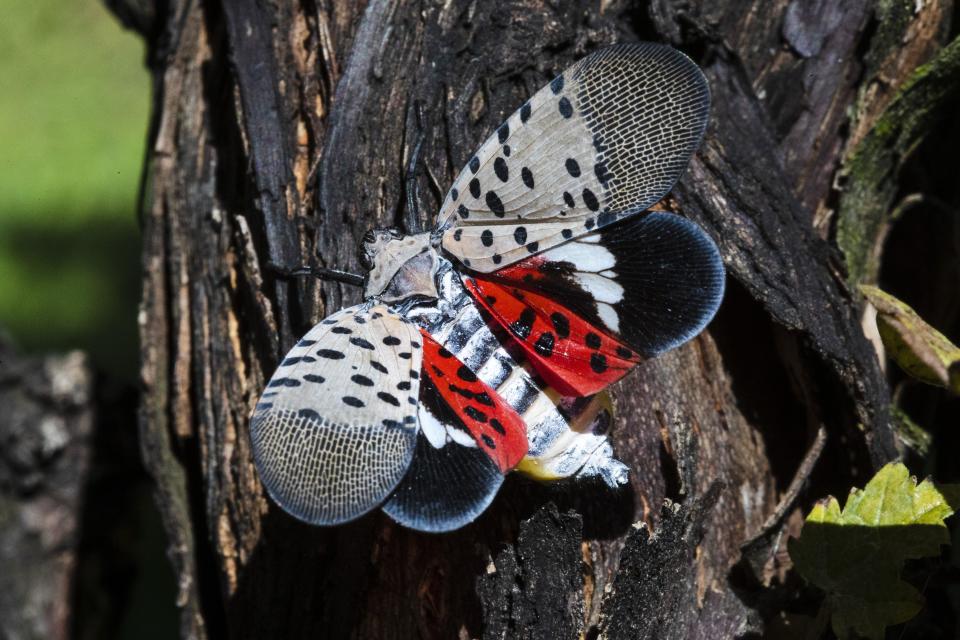4 invasive species the Ohio Department of Agriculture is worried about
Four Ohio bugs make good candidates for Best Pest of the Midwest.
While some little creatures roaming the state can peacefully coexist with Ohio's human population, other insects are getting away with plant homicide unscathed. And some — like Asian long-horned beetles — are making sure their targets die slow deaths.
Invasive species can wreak havoc on crops and other plants. Here are four that the Ohio Department of Agriculture is concerned about:
Asian long-horned beetles

Also known as "starry skies beetles" and "white-spotted longicorns," Asian long-horn beetles are black with white spots and large antennae and can be up to an inch-and-a-half long. Native to China and the Korean Peninsula, they chew through tree trunks, often causing attacked trees to die within 15 years of infestation. Trees of interest to these menaces include maples, elms and buckeyes.
The department is currently attempting to eliminate an infestation of Asian long-horned beetles in Clermont County in southwestern Ohio. Sighting reports can help the Ohio Department of Agriculture identify new potential invasions around the state.
Spotted lanternflies

Spotted lanternflies are invasive, plant-hopping insects from China. They pose a "major concern" for grape, orchard, tree fruit and hop growers, said Dan Kenny, chief of the Ohio Department of Agriculture's plant health division.
The insect's appearance can vary depending on life stage, according to the department's website. Young spotted lanternflies have black backs with spotted white dots. Later in development, they retain the white dots but sport red backs with black stripes. When they reach adulthood late in the summer or early in the fall, they are about an inch long with colorful wings.
Those who encounter a spotted lanternfly can send in a sighting report to the department online with location information and a photo.
Invasive species: Spotted lanternflies have been found in Cleveland and Cincinnati. Is central Ohio next?
Box tree moths

The neighbors may appreciate the aesthetic of a nice boxwood plant in the yard, but these bugs won't. Box tree moths, which have white wings with a brown perimeter coating and are native to eastern Asia, will come for the leaves first and then let their larvae feast on the bark.
But people around the state hoping to help stop them may have to leave this one in the hands of state agricultural officials, Kenny said.
"They're very tough to find and cryptic," he said.
More: Appalachian scientist uses popular Instagram account to urge public to explore nature
Spongy moths
Before developing into their adult stage, these European insects look like caterpillars in need of a shave, with colorful spotted dots along their backs.
Like spotted lanternflies, spongy moths made a westward trek to Ohio from Pennsylvania. And like Asian long-horn beetles, they attack trees. But they aren't as patient; spongy moths can kill trees in as little as two years. Their favorite prey include American crab apple, red oak and river birch trees.
These moth populations have been identified in at least 51 Ohio counties, including Franklin County. Their names were changed in 2021.
The state uses a trap system to capture spongy moths and has a "pretty good handle" on spongy moths, Kenny said.
JNimesheim@dispatch.com
@JackNimesheim
This article originally appeared on The Columbus Dispatch: Invasive species on Ohio Department of Agriculture's most wanted list

